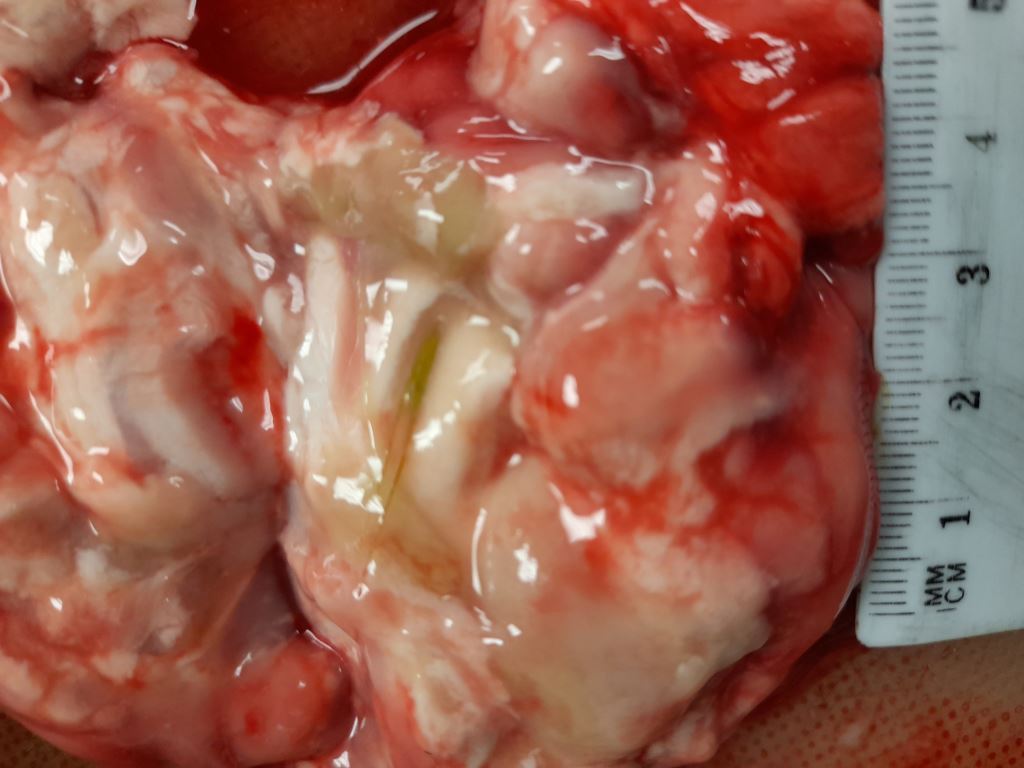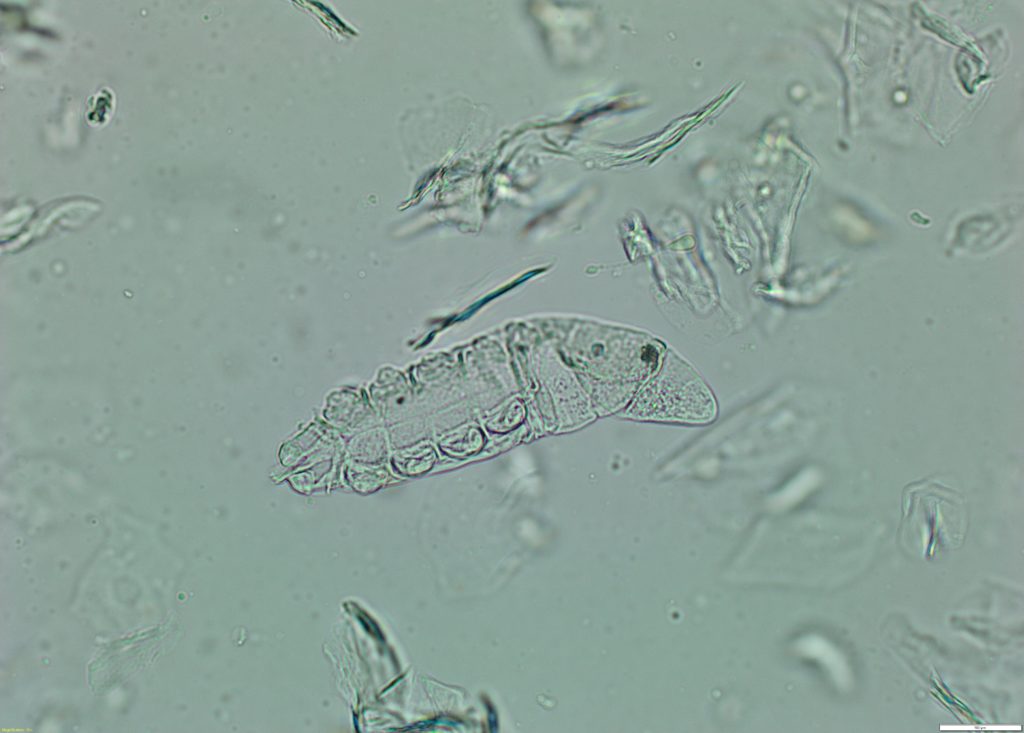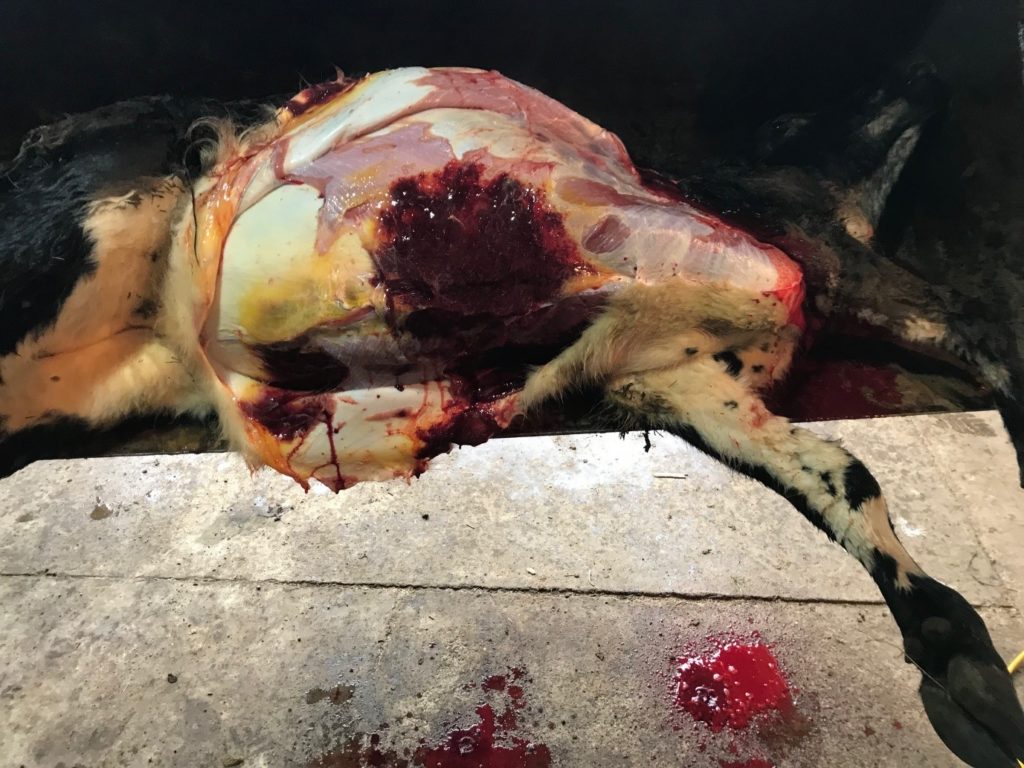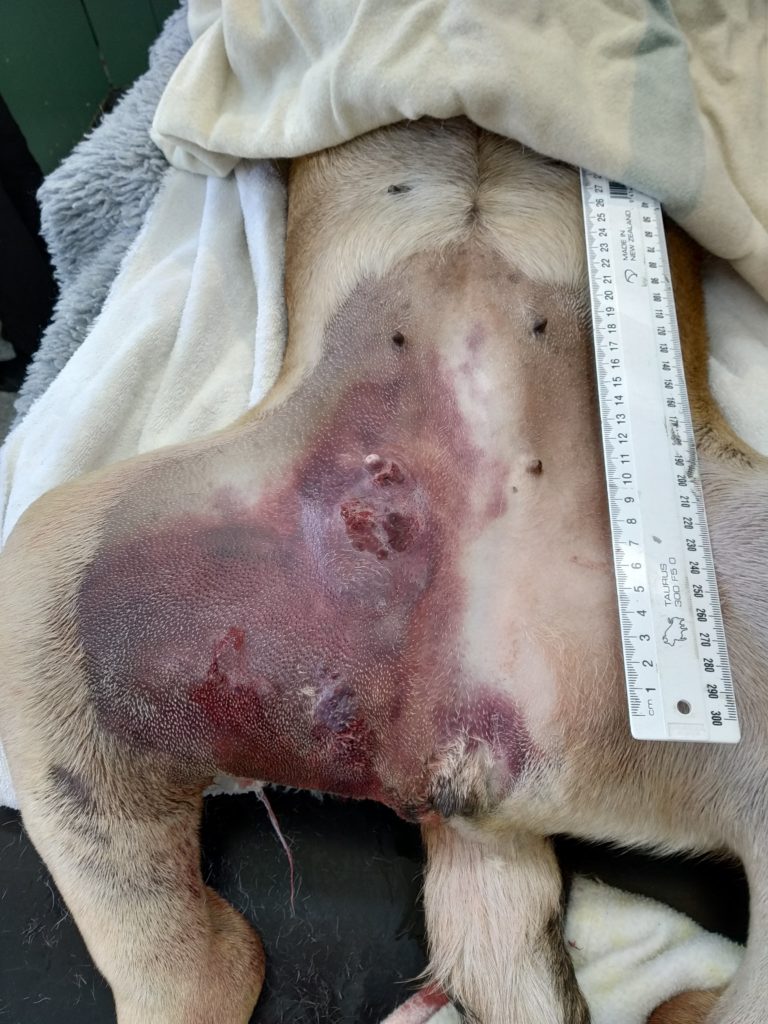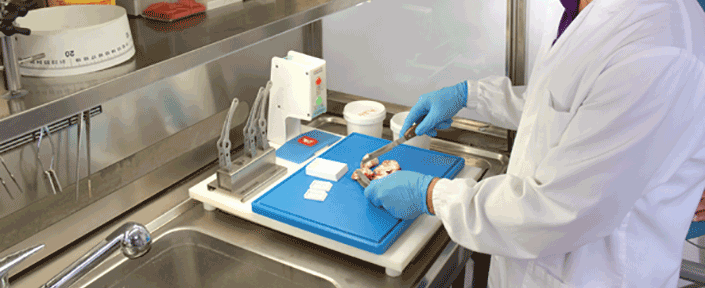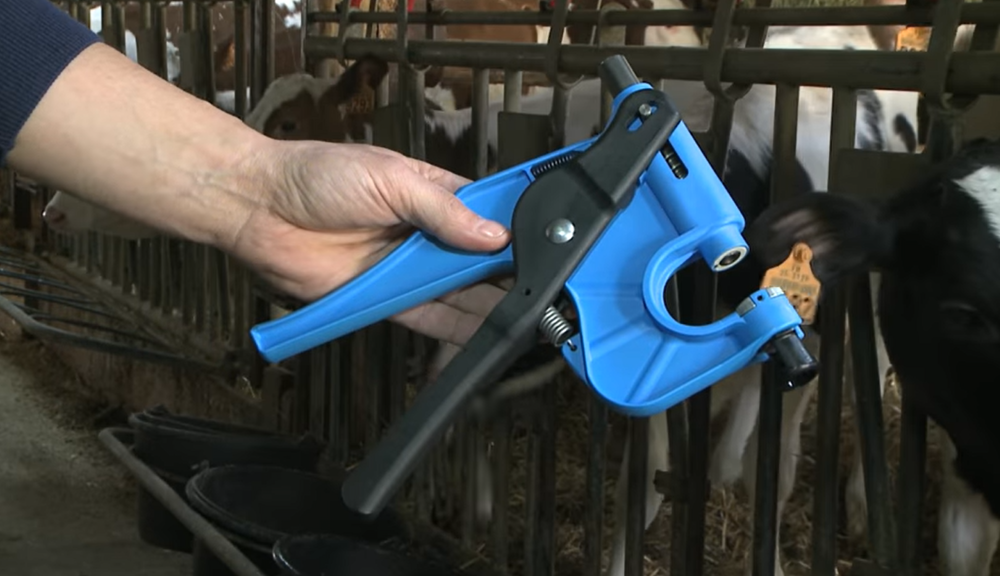A tale of high drama
BERNIE VAATSTRALoki is a lively two-year-old male neutered English Springer Spaniel with a strong interest in food of all kinds, edible or otherwise. On a Friday evening on returning from work, Loki’s owner noticed him behaving unusually. He barked sharply at the car he usually recognises and approached with a swaying, uncoordinated gait.Clinical findings:Closer examination […]



